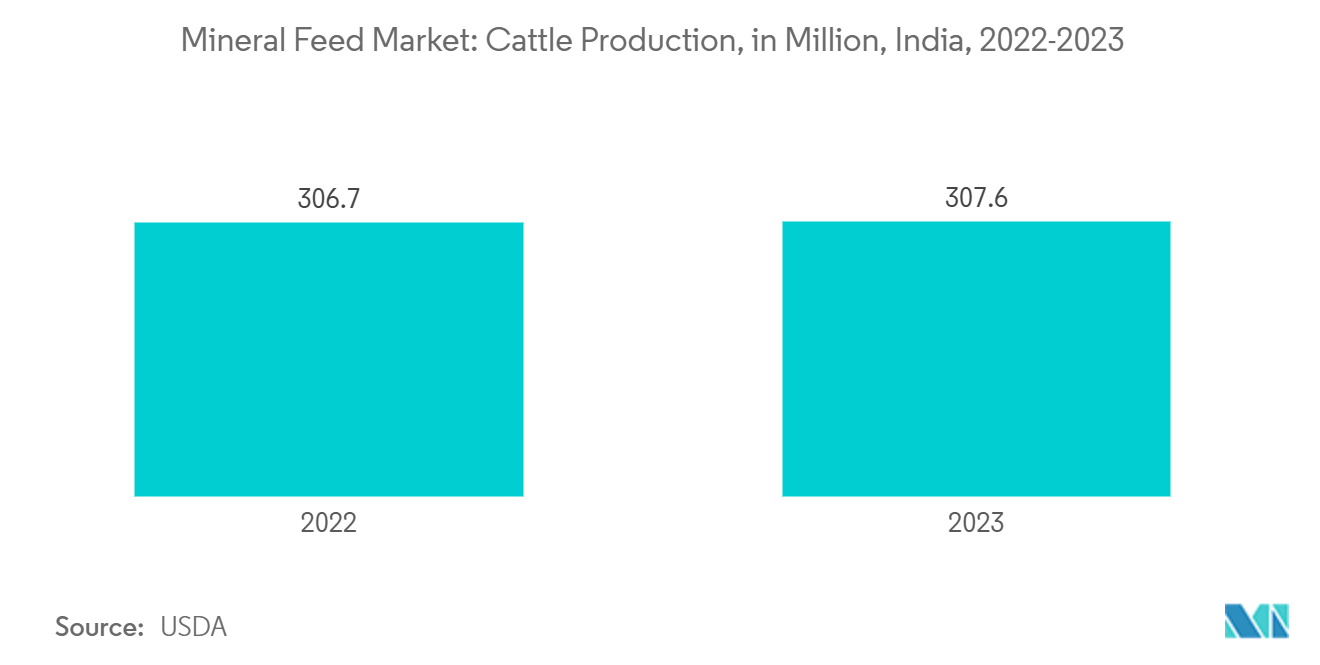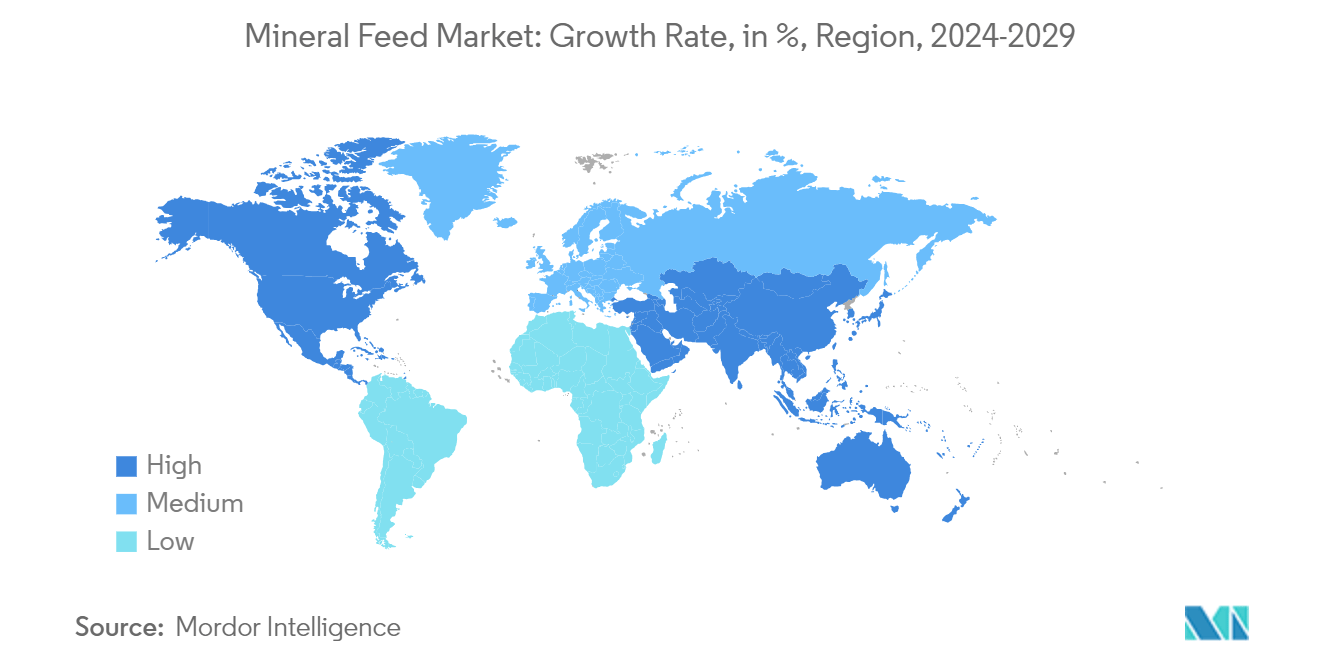Market Trends of Mineral Feed Industry
Rising Demand for Feed Minerals in Ruminants Fuels Market Expansion
Ruminants, such as dairy and beef cattle, sheep, and goats, are integral to global livestock, particularly in countries like India, Brazil, and the United States. These animals are vital for producing milk, meat, and other dairy products. Global livestock production has been expanding rapidly over the years. For example, the USDA Foreign Agricultural Service reported that India's cattle population increased from 306.7 million in 2022 to 307.6 million in 2023. This growth is driven by increased awareness of the importance of maintaining an optimal pH balance in ruminant diets and reducing acidosis risks, which in turn boosts the demand for feed minerals.
According to the Organisation for Economic Co-operation and Development (OECD), global beef consumption rose slightly from 71.6 million metric tons in 2022 to 71.9 million metric tons in 2023. The rising global demand for high-quality milk and meat products has led to the need for more efficient livestock production. As a result, dairy farmers are adopting more intensive farming practices, including high-energy diets for cattle. These diets, supplemented with feed minerals, enhance milk and meat production and support market growth.
Additionally, farmers are increasingly aware of the importance of balanced nutrition, leading to a higher demand for high-quality mineral supplements that ensure proper growth, reproduction, and immunity in livestock. This growing awareness encourages companies to launch new products, further driving market growth. For instance, in 2024, the United States Antimony Corporation introduced the zeolite mineral cattle feed additive, branded as CattleMaxTM, through its subsidiary, Bear River Zeolite Company. Therefore, the combination of increasing livestock production and demand, along with strategic product launches, is expected to drive market growth during the forecast period.

Asia-Pacific Dominates the Market
The Asia-Pacific region leads the world in both the production and consumption of animal feed, significantly impacting the mineral feed market. According to the Philippine Statistics Authority (PSA), the number of chickens in the country's poultry farming increased from 185 million in 2022 to 191 million in 2023. This growth in industrial animal production has driven up mineral feed production capacities in major economies across the region. Countries like China, India, Japan, Vietnam, Indonesia, and Thailand, which are among the largest livestock producers globally, are contributing to the rising demand for feed minerals.
Aquaculture is also thriving in countries such as China, India, and Vietnam. As this industry expands to meet the growing demand for seafood, the need for specialized minerals in fish feed, such as iodine and magnesium, is rapidly increasing. Government initiatives are supporting the purchase of these feed minerals. In 2024, India's Union Budget significantly increased funding for the Department of Fisheries to approximately USD 312 million (INR 2,616.44 crore), a 54% rise from the previous year. These initiatives aim to improve feed quality and technology through the usage of specific feed minerals thereby aiding the market.
The shift towards industrialized farming and large-scale feed production in the region is driving the demand for customized feed formulations, including mineral additives, to meet the specific needs of various animal species. In 2023, Gramik, India's first Peer Commerce platform in AgriTech, launched 'Heifer Mix,' a cattle feed supplement designed for young female cattle (heifers) to provide proper nutrition and support weight gain. Consequently, the combination of large-scale production capabilities, government support, and new product launches is propelling market growth during the forecast period.


